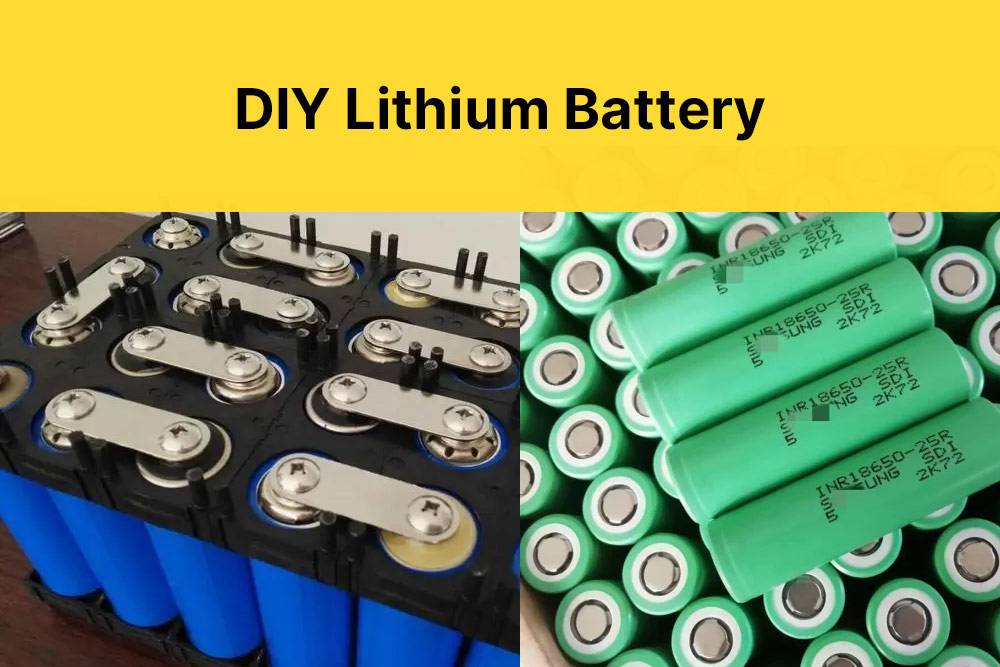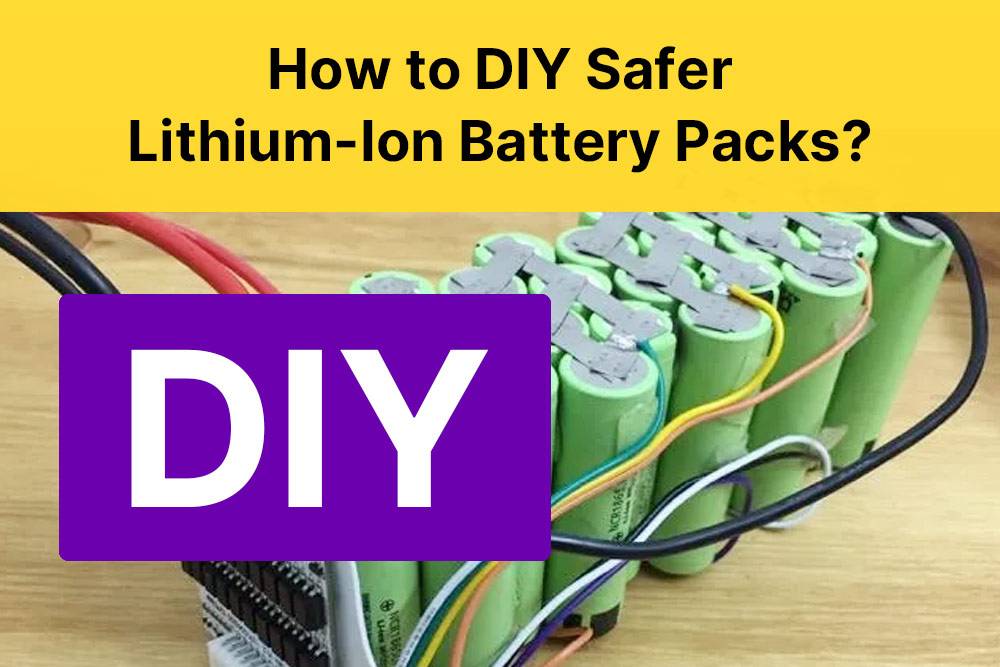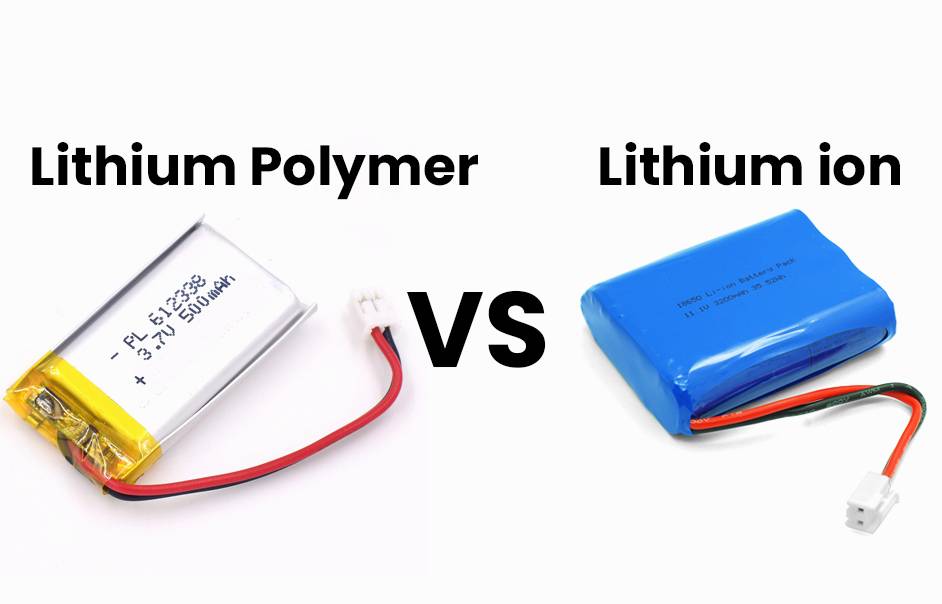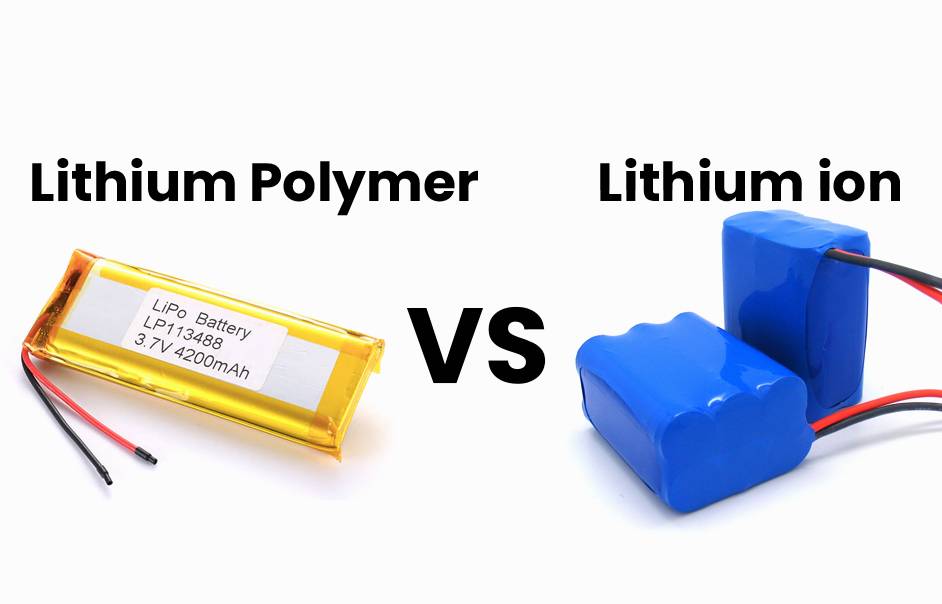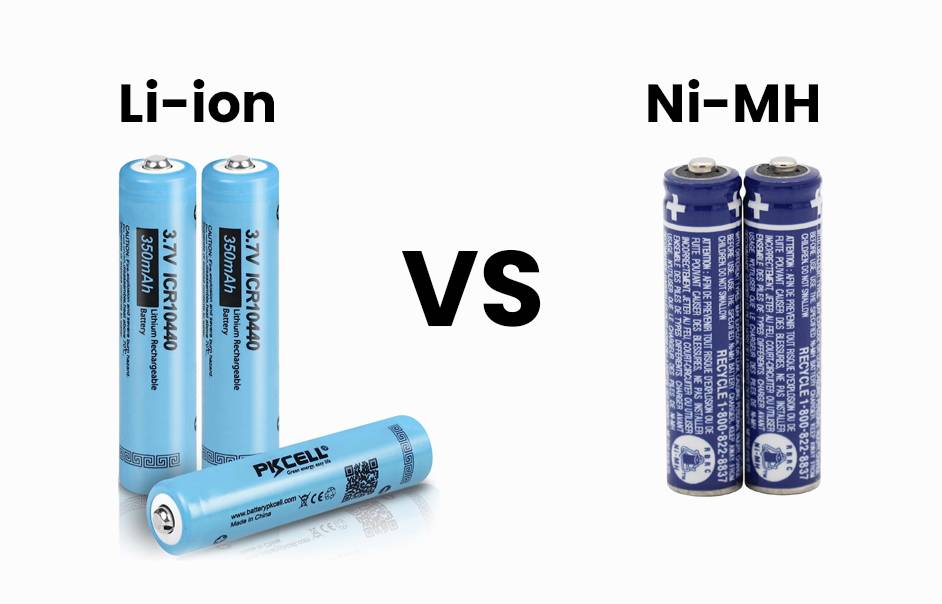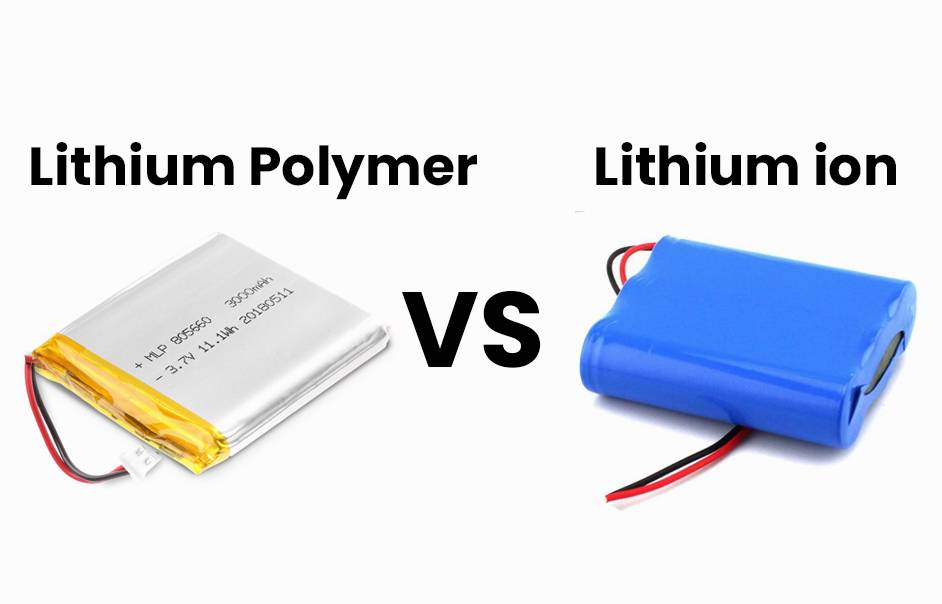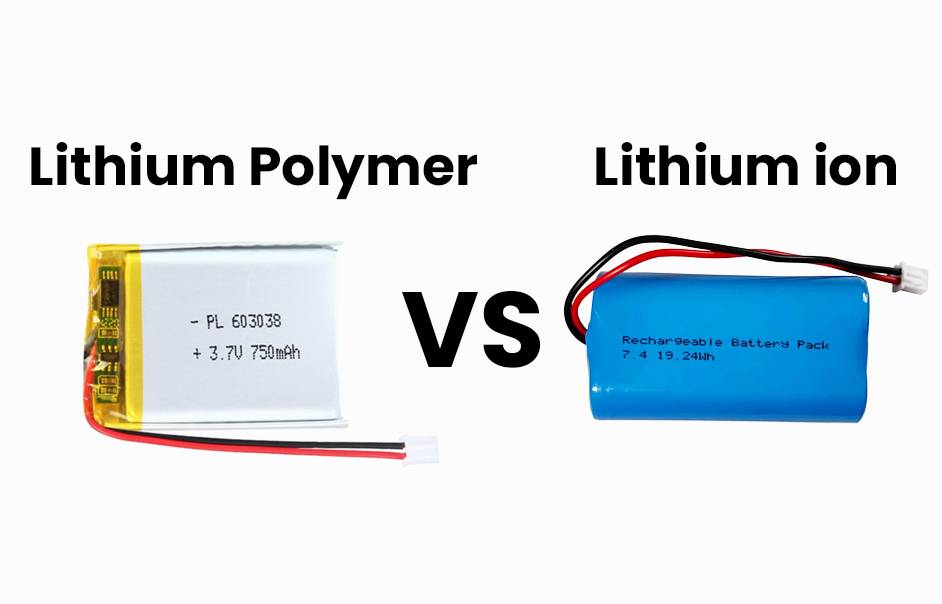Lithium-ion batteries have become indispensable in our daily lives, powering everything from smartphones to electric vehicles. Their high energy density has revolutionized technology, but it also comes with significant responsibility. Mishandling lithium-ion batteries can lead to serious consequences.
While the explosion depicted in the video may have been exaggerated, it underscores the importance of understanding how to construct safer lithium-ion battery packs. As someone who has engaged in various DIY projects involving these batteries, I feel compelled to share insights on best practices and precautions.
First and foremost, it’s essential to recognize that lithium-ion batteries are highly energy-dense, comparable to TNT explosives in terms of power packed into a compact space. This characteristic makes them both fascinating and potentially dangerous if mishandled.
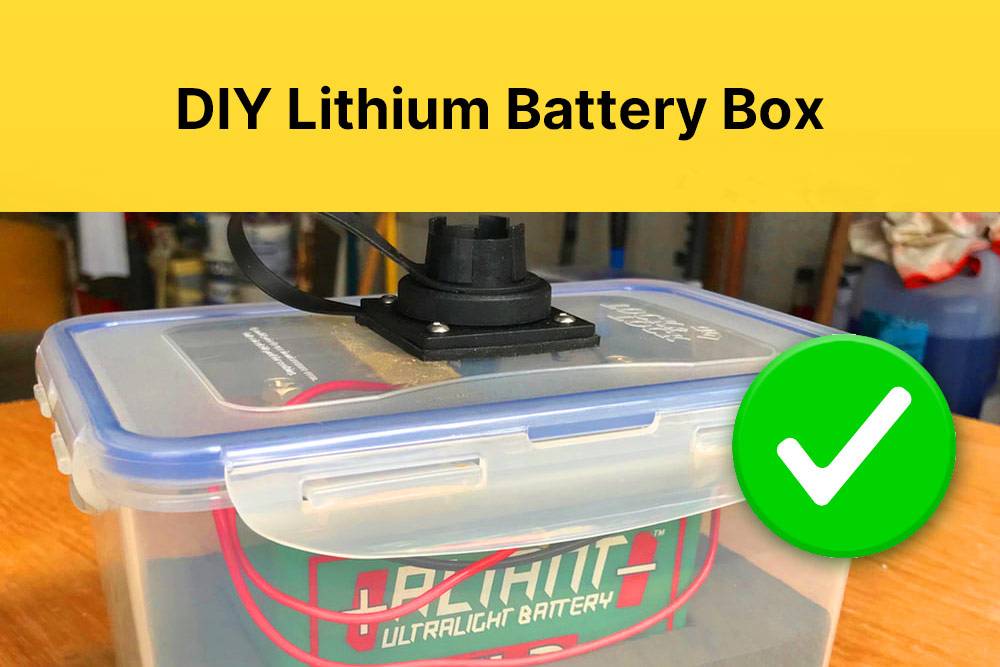
When embarking on building a lithium-ion battery pack for any application, whether it’s for an electric scooter or a DIY project, several critical steps must be followed:
- Determine Power Requirements: Understand the maximum amperage needed by your motors or devices.
- Calculate Battery Size: Determine the appropriate size and power output required for your battery pack.
- Consider Bus Bars: Ensure that the bus bars connecting cells in parallel can handle the necessary amperage without overheating.
- Use Cell Spacers/Insulators: Maintain proper spacing between cells using spacers or insulators to prevent short circuits.
- Implement Fuses: Install fuses rated at appropriate amperages to prevent overloading cells and protect against short circuits.
- Ensure Proper Isolation: Prevent any areas where short circuits could occur within the battery pack by insulating vulnerable components.
- Consider Weather Conditions: Account for temperature fluctuations during operation, such as providing insulation in winter and ensuring adequate airflow in summer.
Additionally, it’s crucial to avoid common mistakes like using hot glue or epoxy to secure cells together, as these substances can hinder heat dissipation and increase the risk of thermal runaway. Similarly, soldering directly onto cell terminals should be avoided to prevent damage.
Instead, opt for proper means of connection such as nickel straps, ensuring correct fuse sizing based on cell specifications. Learning from industry leaders like Tesla, known for their stringent safety standards in battery construction, can provide valuable insights into safe practices and innovations.
As more individuals engage in DIY projects involving lithium-ion batteries, education around safety measures becomes paramount. By fostering awareness of the risks associated with improper handling and sharing knowledge about building safer battery packs, we can ensure a safer and more sustainable future.
